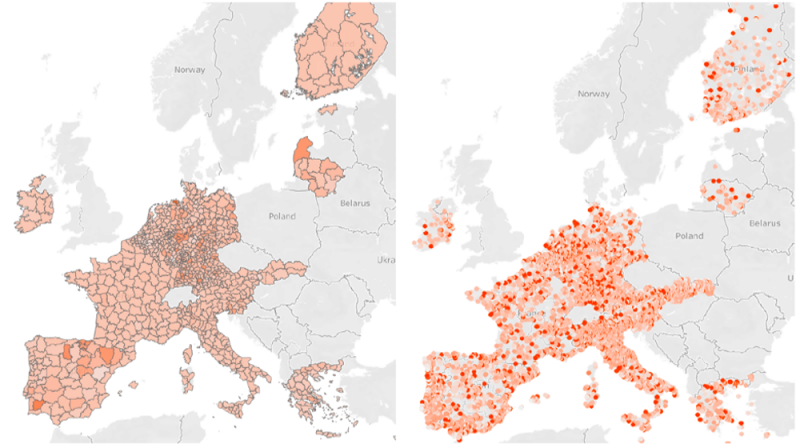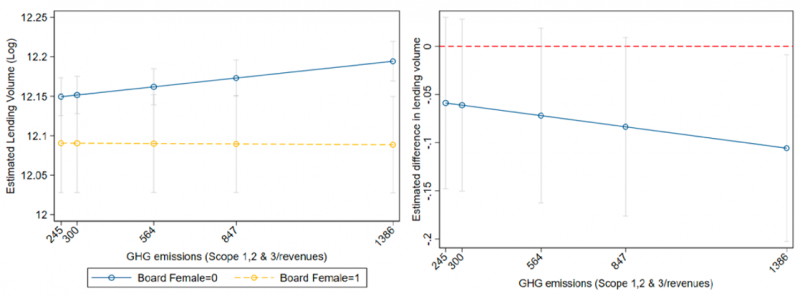

The views in this paper are those of the authors only and do not necessarily reflect those of the BIS or the ECB.
A recent survey by PricewaterhouseCoopers (2022) on corporate directors shows that female board members significantly prioritize climate action compared to male peers, with 66% of female respondents that recognize the strategic importance of timely addressing climate change, compared to 45% of male members. The dynamics according to which women in the boardroom can add value are explained by sociological and physiological theories (Cumming et al., 2015). Both socialization and gender socialization perspectives support the evidence of a positive impact of female directors on corporate social responsibility (CSR) because of women’s lower likelihood, compared to men, to damage the environment and their greater concerns about ethical issues (Kennedy and Kray, 2014).


In this respect, it is worth mentioning that both the French and UK bank regulators have started to conduct stress tests that account for climate-related risks. In 2021, the European Banking Authority (EBA) has conducted an EU-wide pilot exercise on a sample of 29 volunteer banks from 10 countries. In the same year, the European Central Bank (ECB) has conducted an economy-wide climate stress test on both firms and banks in the European Union (EU), with a horizon of 30 years into the future.
Scope 1 covers direct emissions from sources owned or controlled by the reporting company. Scope 2 covers indirect emissions from the generation of purchased electricity, steam, heating and cooling consumes by the reporting company. Scope 3 includes all other indirect emissions that occur in a company’s value chain.